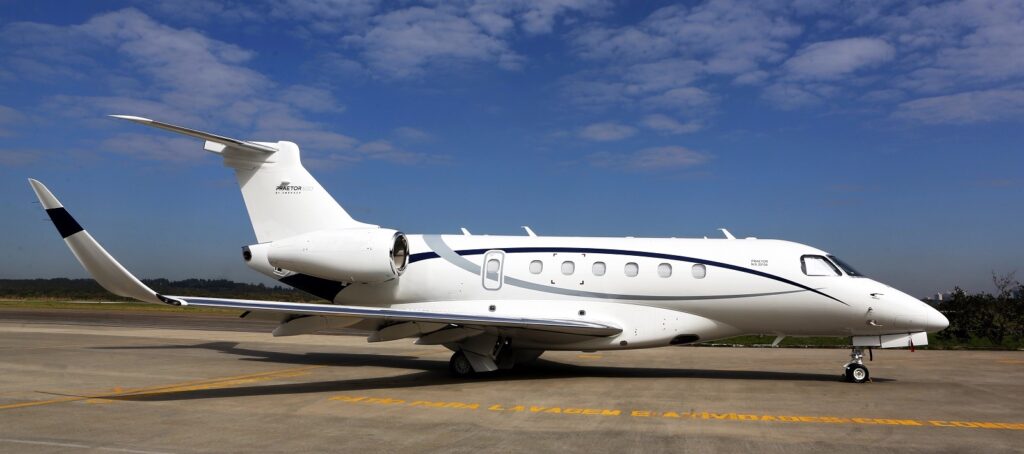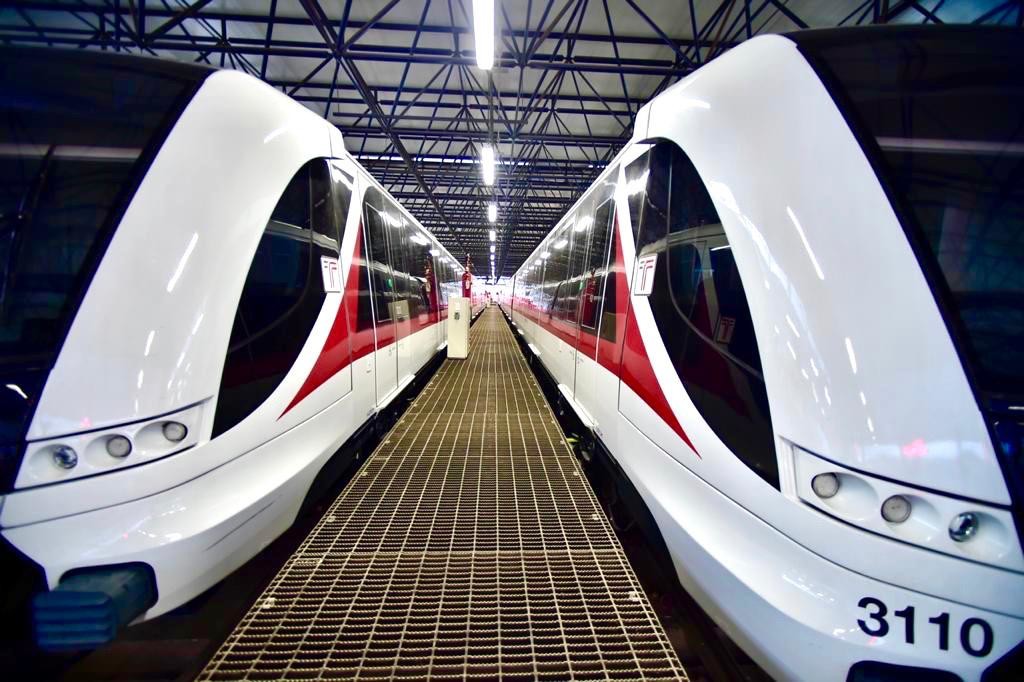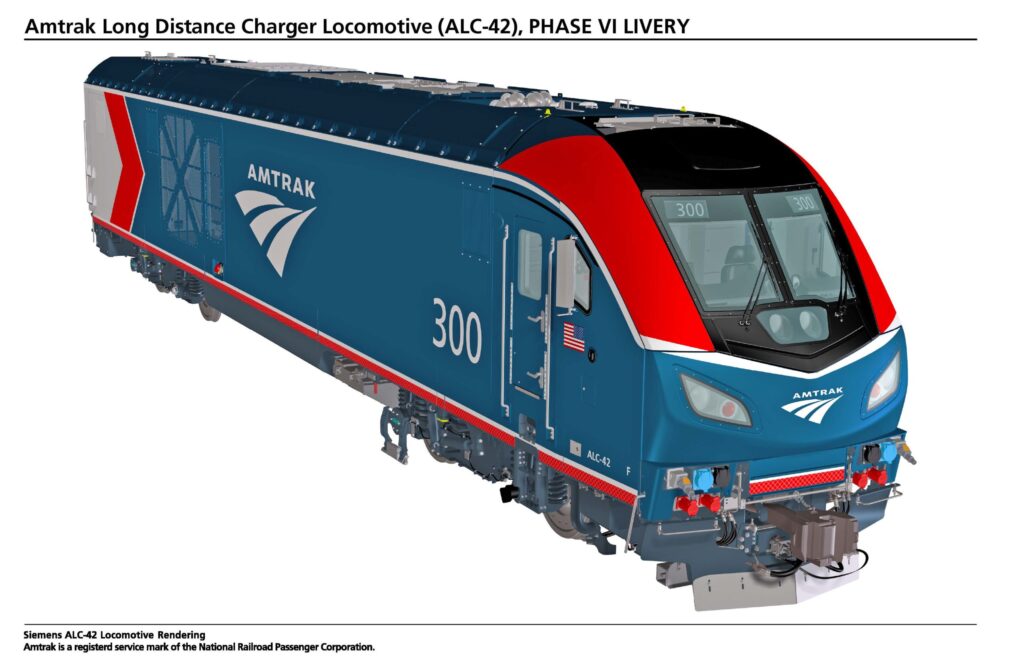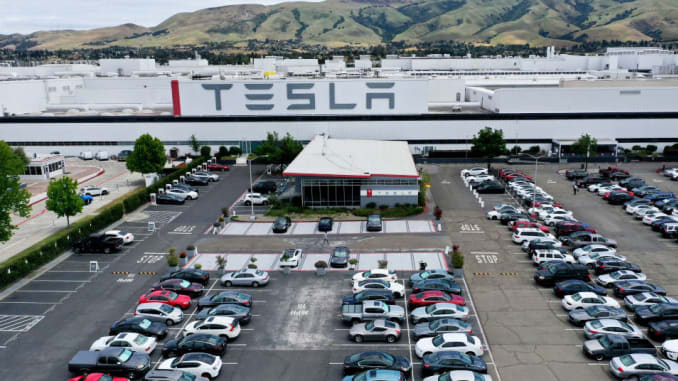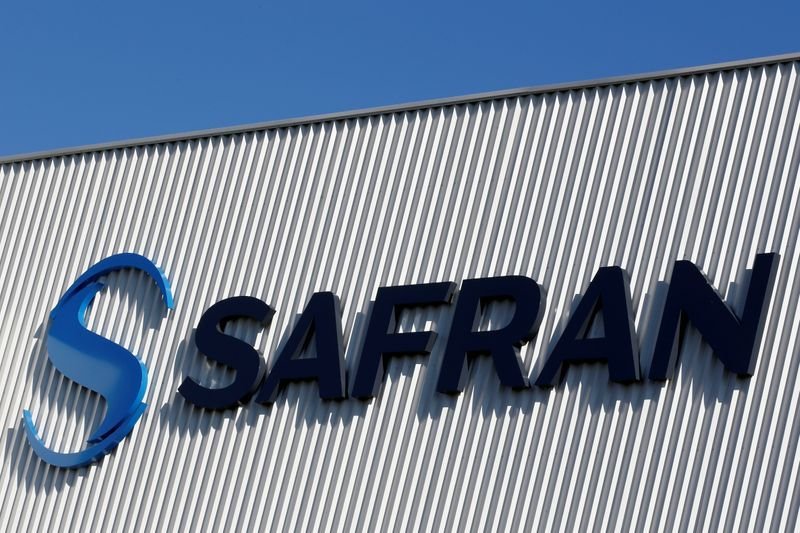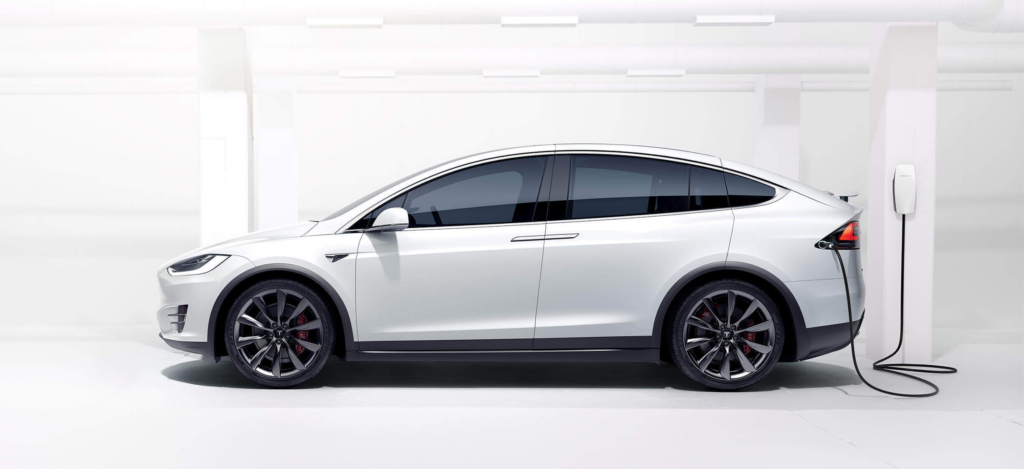Embraer awarded ANAC and FAA Certification for Synthetic Vision Guidance System
Embraer today announced that the Synthetic Vision Guidance System (SVGS) for the midsize Praetor 500 and super-midsize Praetor 600 business jets was awarded certification by both the civil aviation authority of Brazil, Agência Nacional de…
